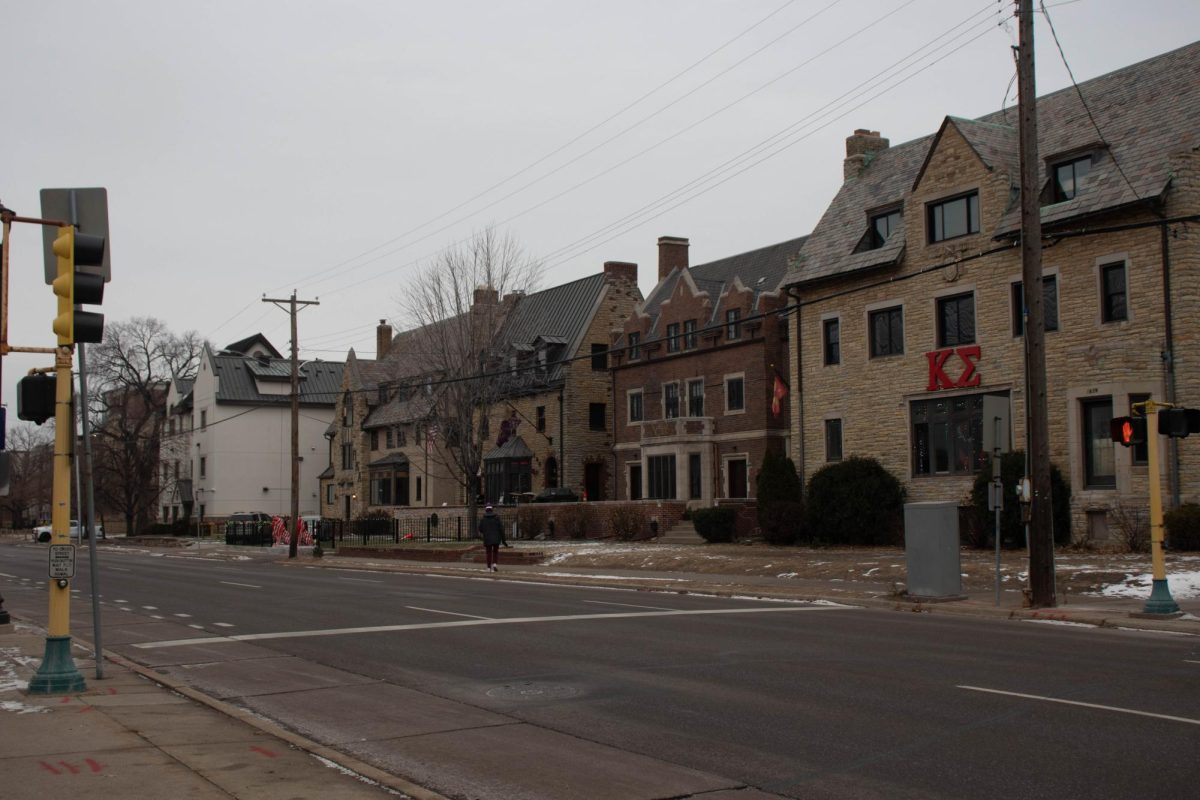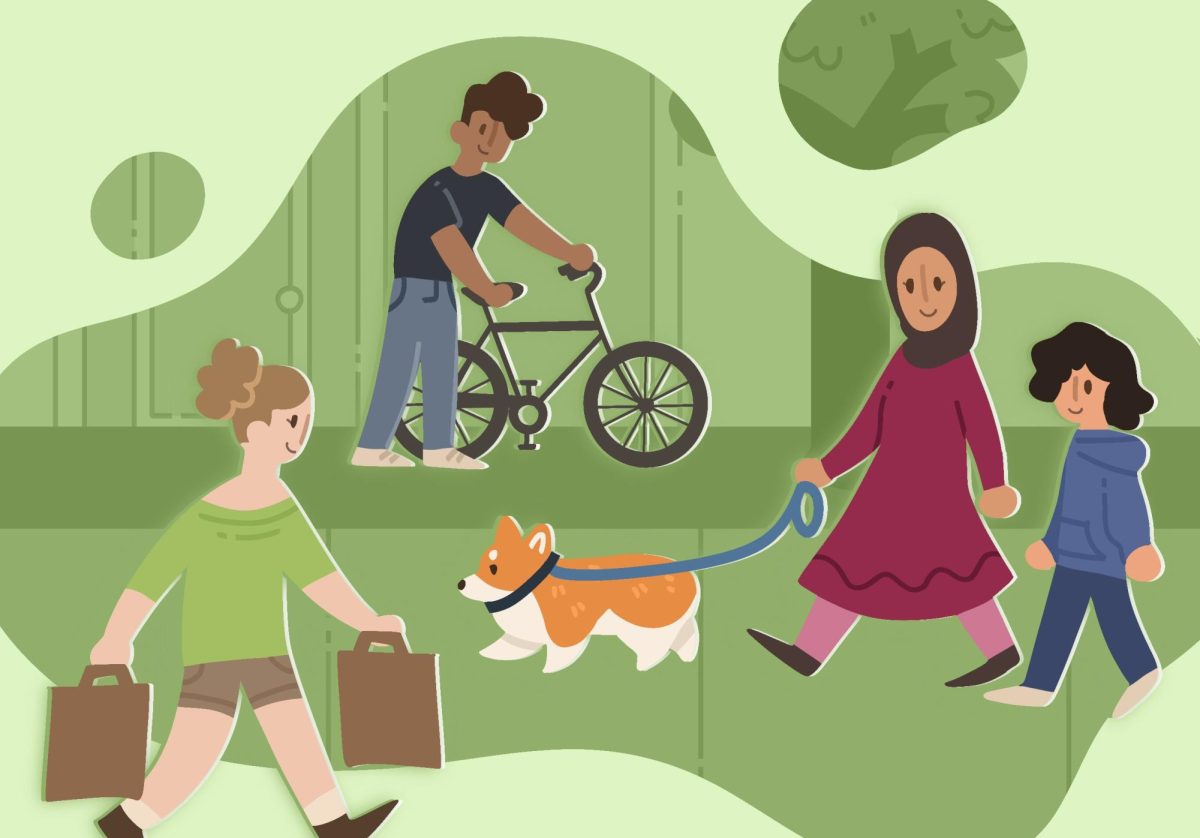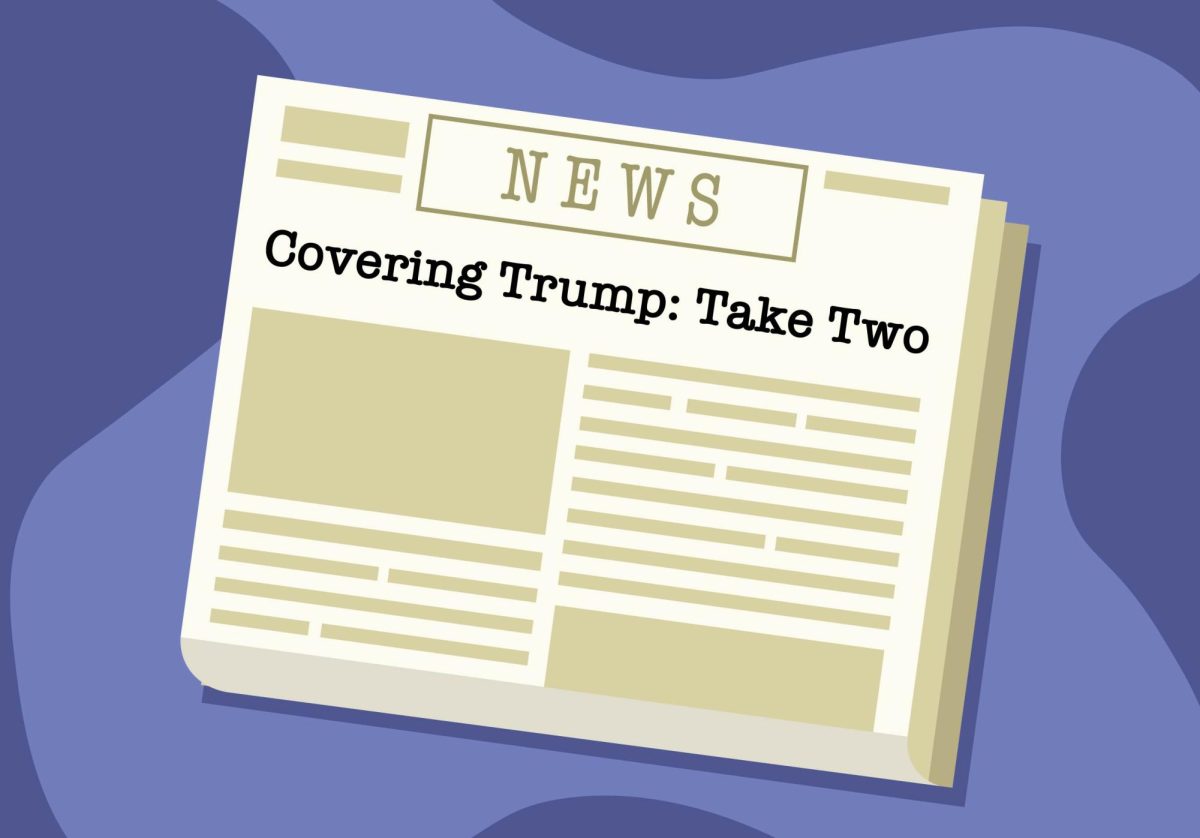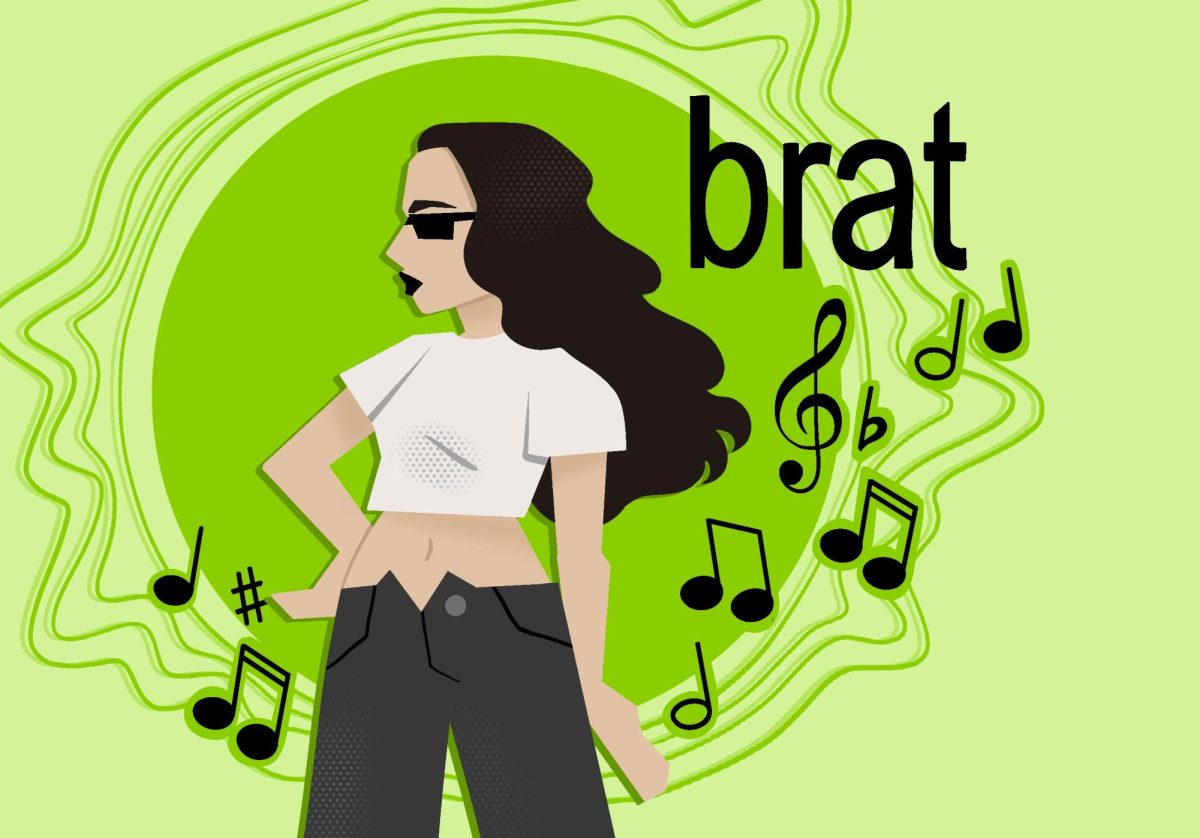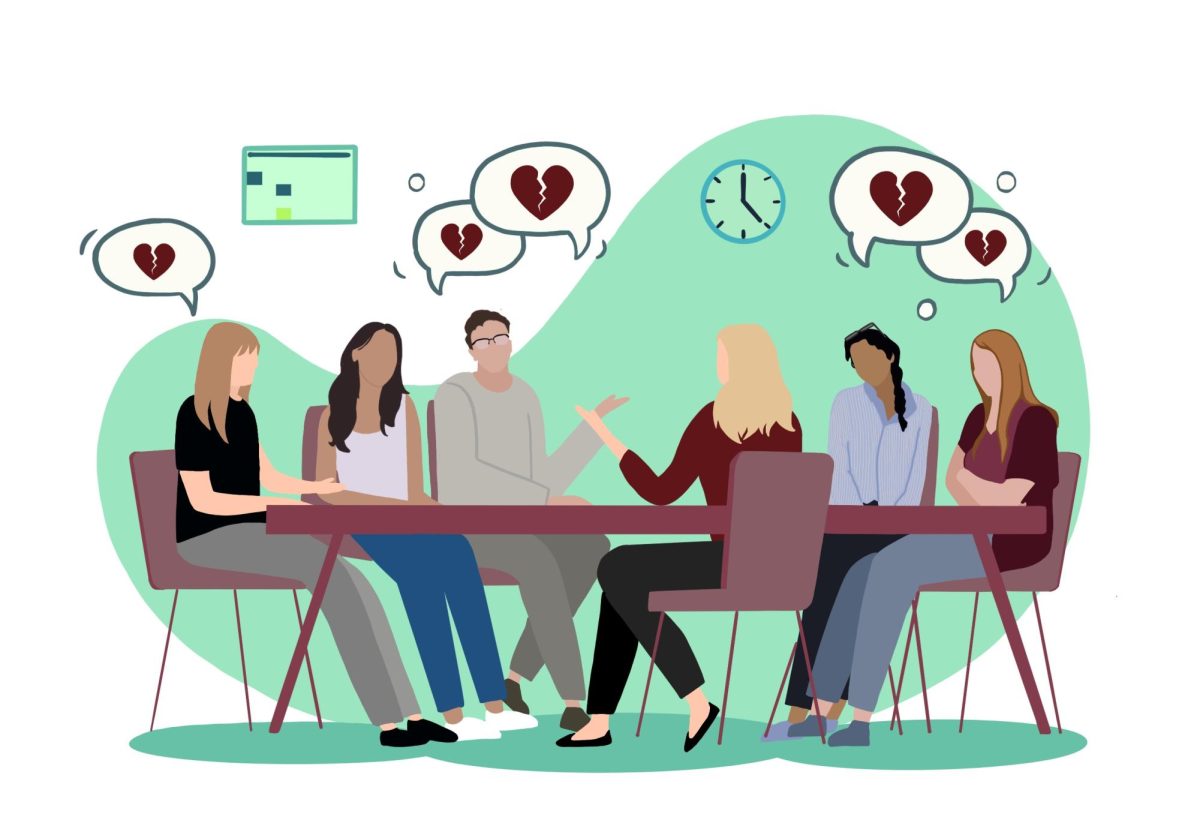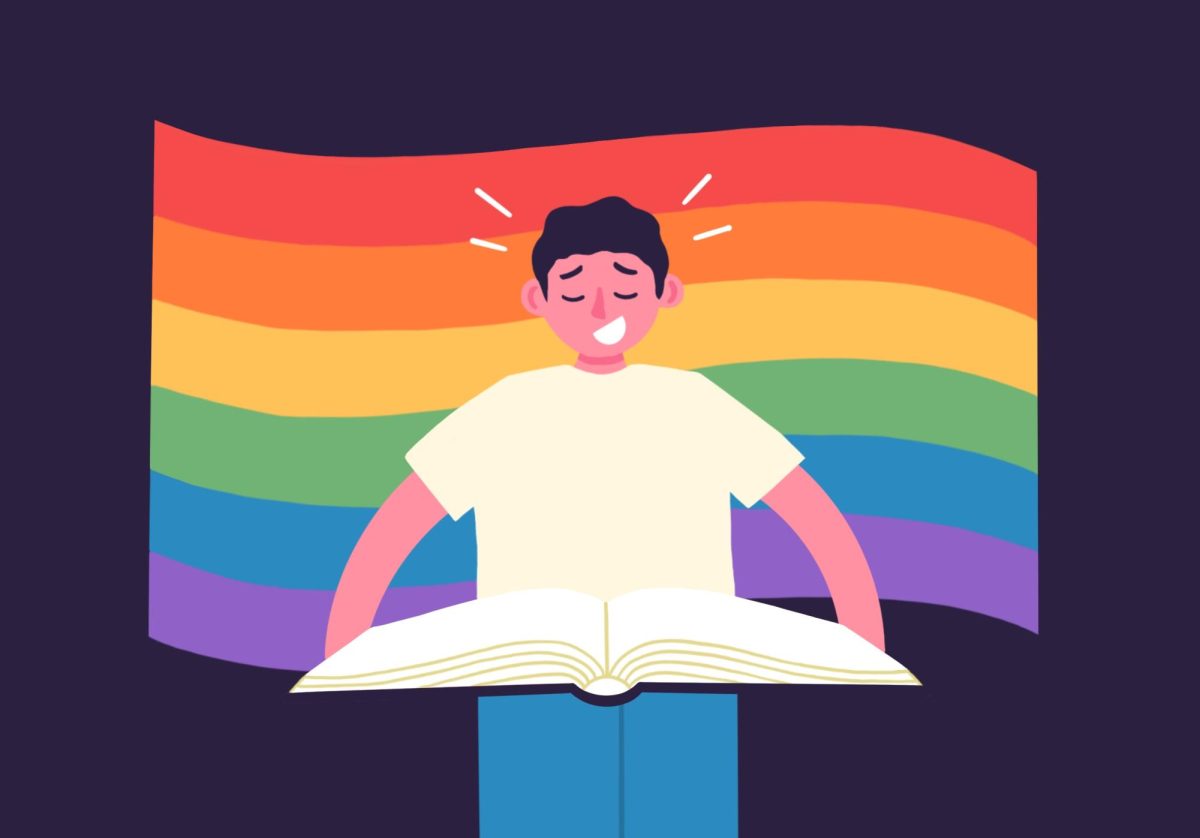Hey, hold on a minute! Since when did all my friends become bisexual?
For some reason – chalk it up to the long and repressed dog days of summer – I did a quick mental inventory of sexual orientation among my girlfriends, and more than half of them had identified themselves at some point as bisexual or at least “bi-curious.”
Although I have been very much aware of (and at times directly involved in) the evolving nature of my friends’ sexual self-identities, the sheer statistical mass of my informal booty (roll) call did catch me by surprise.
Statistics on sexuality always have been slippery. The popular numbers run quite the gamut – from sexual social scientist Alfred C. Kinsey’s incorrectly attributed 10 percent “revelation” in 1948 to the National Center for Health Statistics’ 2.3 percent figure from a 2002 study. Yet this new data from my own circle is quite the mathematical pole-vault from either of the aforementioned surveys.
So what’s the deal? Is someone not telling the truth (which I suspect), or do I run with a gang of societal outliers and sexual deviants?
I’ll have to take the Fifth on the second case – glean what you will from that, you sick bastards – but I do think there might not be full disclosure on Main Street America regarding the newfound fluidity of people’s sexual mores.
I know exactly what my socially conservative friends would say. Look at your demographic, they’d gripe. You’re a performing arts major on a large campus in a pretty liberal town. Of course your friends are fruits.
As if having compadres with open minds and a collective ethos without the strictures of gender assignment automatically “queerifies” us! Come on. Give people more credit than that.
“Bisexuality stretches our imaginations, just like multiracial people do,” said Robyn Ochs, an author and contributing writer to SexEtc.org, a Web site that provides a rarely found honest discussion about such unmentionables.
“(Bisexuality) forces us to acknowledge complexity,” Ochs continues, “and many people are uncomfortable with that.”
Intimacy between girls – physical or emotional – has in recent history been culturally nourished and accepted, and perhaps this is a coitally convenient outgrowth of such fostering.
However, the recent pop-culture emergence of the “girl-on-girl” abstract might be further muddying the waters of young women’s processes of sexual self-actualization.
For instance, one of my self-described “straight” friends freely admits to making out with other girls because she is “bored” and “there aren’t always guys around.”
Yet when pressed about her behavior when guys are around, she shrugs and speaks of getting on girls in front of them to appeal to their MTV-fed notions of O Holy Land of Aphrodesia – or the theorem that four breasts plus one giddy dude equals nut-busting bliss.
This scenario is more likely to occur, said a friend of mine, when she has a crush on one of the male voyeurs present. Fascinating that near-predatory, same-sex tactics are useded to solicit heterosexual attention. Hmmm.
Is it fair to think of this kind of party-based, identity shapeshifting as cheapening the public notion of real bisexuality (as other friends have stated), or is it all good, semi-clean fun?
Or does this mean that bisexuality in young women is a trend, not unlike pogs in 1994?
Doubtful. I don’t think a pretended sexual orientation could last longer than a pair of Zubaz, or even a neon slap bracelet.
But don’t let that stop you. We’re all in this together. Keep on foolin’, friends.
Adri Mehra welcomes comments at [email protected].


